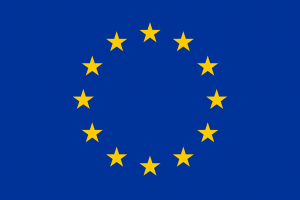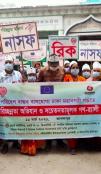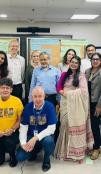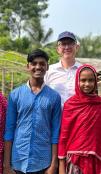Our lives, our health, our futures: empowering adolescent girls and young women in Chittagong Hill Tracts to live with dignity and without violence.

PROJECT FACTSHEET
|
Title |
Our lives, our health, our futures: empowering adolescent girls and young women in Chittagong Hill Tracts to live with dignity and without violence. |
|
This project aims at reaching gender equality by addressing issues of bodily and sexual autonomy at a critical age in the life of adolescent girls and young women. It focuses on marginalised indigenous people in a remote and protracted crisis area. Local CSOs are empowered to promote Sexual and Reproductive Health and Rights- SRHR effectively, and to adopt a right based approach to protect extremely vulnerable girls and women from violence and sexual violence in particular.
|
|
|
Duration |
From 1/1/2019 to 31/12/2023 (60 months) |
|
Budget (Euro) |
Total costs EUR 5,560,000, EU contribution EUR 5,000,000 |
|
Locations |
Chittagong Hill Tracts |
|
Implementing Organization (s) |
1. Simavi 2. Bangladesh Nari Progati Sangha (BNPS) |
|
Objectives and Outcomes |
The overall objective of the action is to enable and support young women and adolescent girls from indigenous groups in the Chittagong Hill Tracts to transition into adult womanhood with dignity, and bodily and sexual autonomy, without violence, coercion and/or discrimination. OUTCOME 1: Local CSOs have strengthened their technical, methodological, financial and administrative capacity to effectively respond to the SRHR needs of young women and adolescent girls and foster their rights to live free from violence, coercion and discrimination. OUTCOME 2: Young women and adolescent girls from indigenous groups are empowered to make free and informed decisions about their SRHR (and are supported to do so), free of violence, coercion and discrimination. |
|
Target group(s) |
Young women and girls from indigenous groups in CHT, CSO, community, traditional and religious leaders, service providers (including upazila health officers, family planning officers, midwives, traditional birth attendants, nurses and community health workers in public health facilities),police desk sand schools |
|
Final beneficiaries |
Among others, the following will be final beneficiaries in particular:
|



